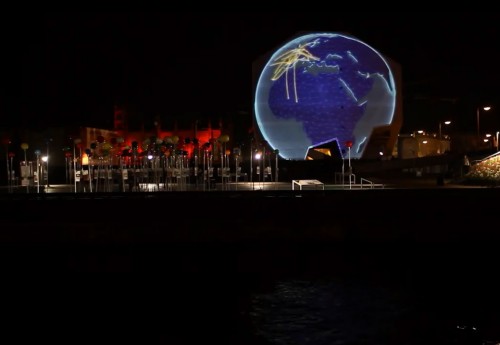As readers might know this weekend I attended the Integrated Network for Social Sustainability (INSS) Meeting in Charlotte North Carolina. It was a great event, and I met a lot of great and interesting people, and over this week I would like to write a bit about them and what I learned.
The first is Adrienne Brown, a second year at Dickinson College in Carlisle Pennsylvania. She is currently participating in an application competition which involves answering a prompt with a two-hundred word essay and a two minute video. The organization orchestrating the web-based contest is the Arctic Climate Change Emerging Leaders Program Fellowship (ACCEL). This year they will be piloting an internship program with two positions, one in Washington DC and the other in Berlin, where the two student finalists will work on developing creative marketing strategies using media technologies.
Adrienne believes that there is a growing need to use technology to talk about important social issues, and as the popularity of social media platforms increase many social movements have started to use these technologies to market their cause to a particular audience. That audience tends to be young and motivated and therefore are a resource of human capital just waiting to be tapped.
To get the ACCEL internship students must gather public support for their essay and video responses. Essentially to demonstrate their ability to wield the powerful weapon of the internet to gain support and spread a particular message. Those who are stronger at encouraging people to act will theoretically get the most votes and present themselves as a good candidate for the position with the ACCEL. Once the public voting ends on April 13th the students who have collected the top ten amount of votes will move to the final round and submit a resume during an interview.
Adrienne feels strongly that the environmental field has not done enough with web-based marketing and is really excited for the opportunity to work on developing a public relations strategy for Arctic environmental issues. At the INSS conference she presented her video response and asked the network’s members to vote for her. Take a look at her essay and video and if you like the ideas presented follow the links and vote for her, and check out the other participants.
I will tell more stories about the event and people involved as the week goes on.



